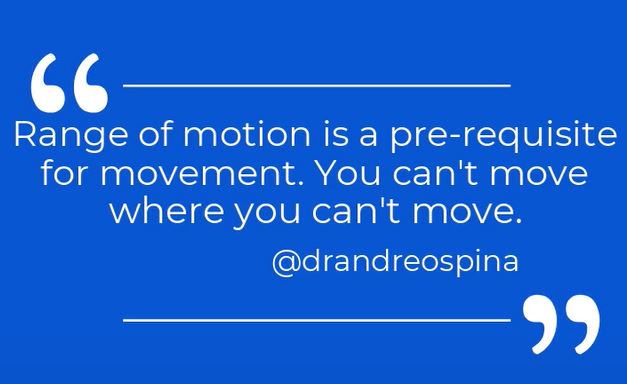Restore: the hips program
assessing hip function in extension
End Range Lift-Off for Hip Extension
Before we look at the instructional video for this assessment, let’s consider why we’re here. Keep reading! 🙂
While the title of this area of the program, “End Range Lift-Off for Hip Extension”, may sound confusing if you’ve never heard it before (most athletes haven’t), our GOAL with this movement/assessment is actually very simple:
What is it?
To see and assess how our HIPs can function in extension, without any OTHER part of the body contributing or compensating.
By “extension,” I simply mean when the thigh is moving behind the hips as in a push-off in running or walking. It’s the movement we do when we are “bridging.”
Here’s the “why” behind this assessment:
When you can “lock-down” the low-back so that it can’t “contribute” – and thus prevent faking or cheating hip extension, you will find out just how well your hip is actually working when you attempt to extend it.
Before we go on….
…think about the quote below for a moment – what does it mean to you?

Simply put, if your HIP isn’t being a “good” hip – in other words, isn’t functioning as it was designed, then it is likely any training you do will be compensated movement.
This is a common problem for a lot of athletes!
What do I mean?
Many will embark on a slew of exercises that are meant to train the hips and glutes, but what they end up doing – because the movement is compensated – is beating up on their low-backs. Think about it.
It’s not about the exercise (when considering what will most help us improve), it’s HOW THE EXERCISE IS DONE that matters the most.
Again, our goal with this? To see how the HIP can function in extension, without any OTHER part of the body contributing or compensating. When you can “lockdown” the low-back and prevent faking or cheating hip extension, you will find out just how well your hip is actually working when you attempt to extend it.
If you would like to print a PDF of the written information on this page for off-line reading, CLICK HERE!
End Range Lift-Off for Hip Extension
(Make sure you assess BOTH hips – notice any asymmetry or difference that will help guide your training!)
Important “take-home” messages for your training as you work through this assessment:
1. Follow the directions on the video closely to make sure you set up correctly. Details really matter in set up!
Some examples of what I mean?
- Position the flexed hip as high as you can.
- Make sure you’re bringing the ankle all of the way up on the front-leg side, and pushing through your toes.
- Create that shallow breath that will help you radiate tension through your entire body. This reduces the likelihood of compensation.
2. Make sure to “scale” the movement based on how well you are able to perform it. By “scale,” I mean to adjust your position to make it easier, if you need to.
Some examples of this:
- Bend the knee (rather than have it straight) to reduce the “load” on the hip. Conversely, you could straighten the knee to make it more challenging.
- Use a yoga block or a towel in the inner portion of the hip above the thigh. (See the video at the 5:00 mark for more information).
Assess where you are, and then USE THIS MOVEMENT to train hip extension.
There’s no secret to improving. It isn’t “easy” or automatic, but it is worth it!
Work at the level you are at, while continually “dancing” on the edge of that ability to constantly challenge your body to adapt. Keep at it!
